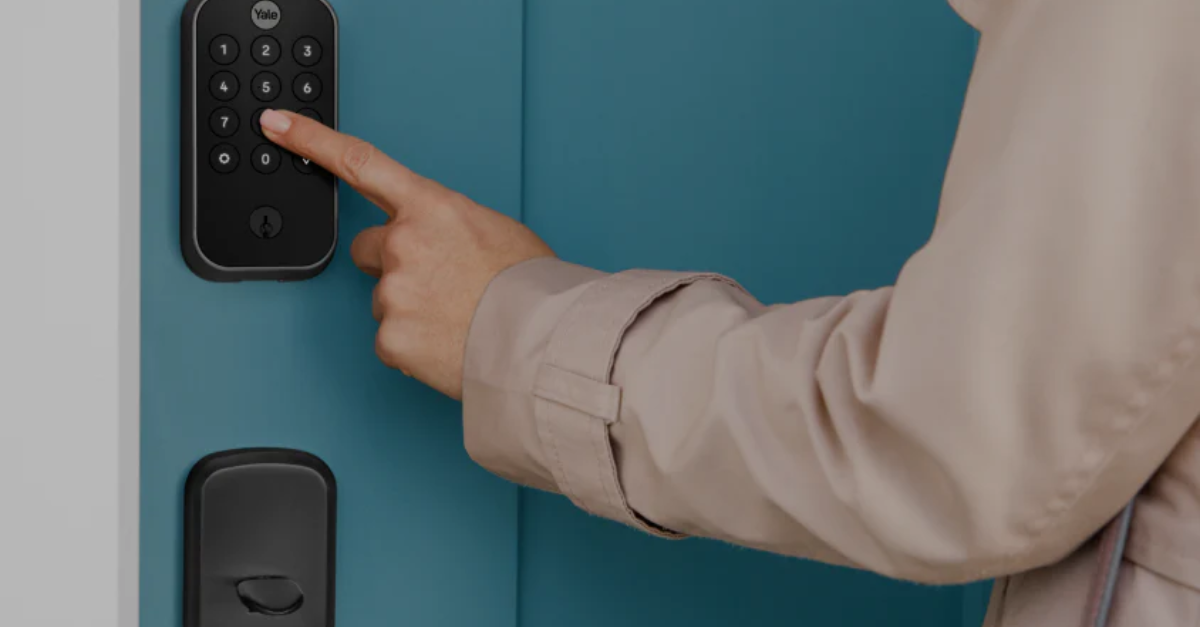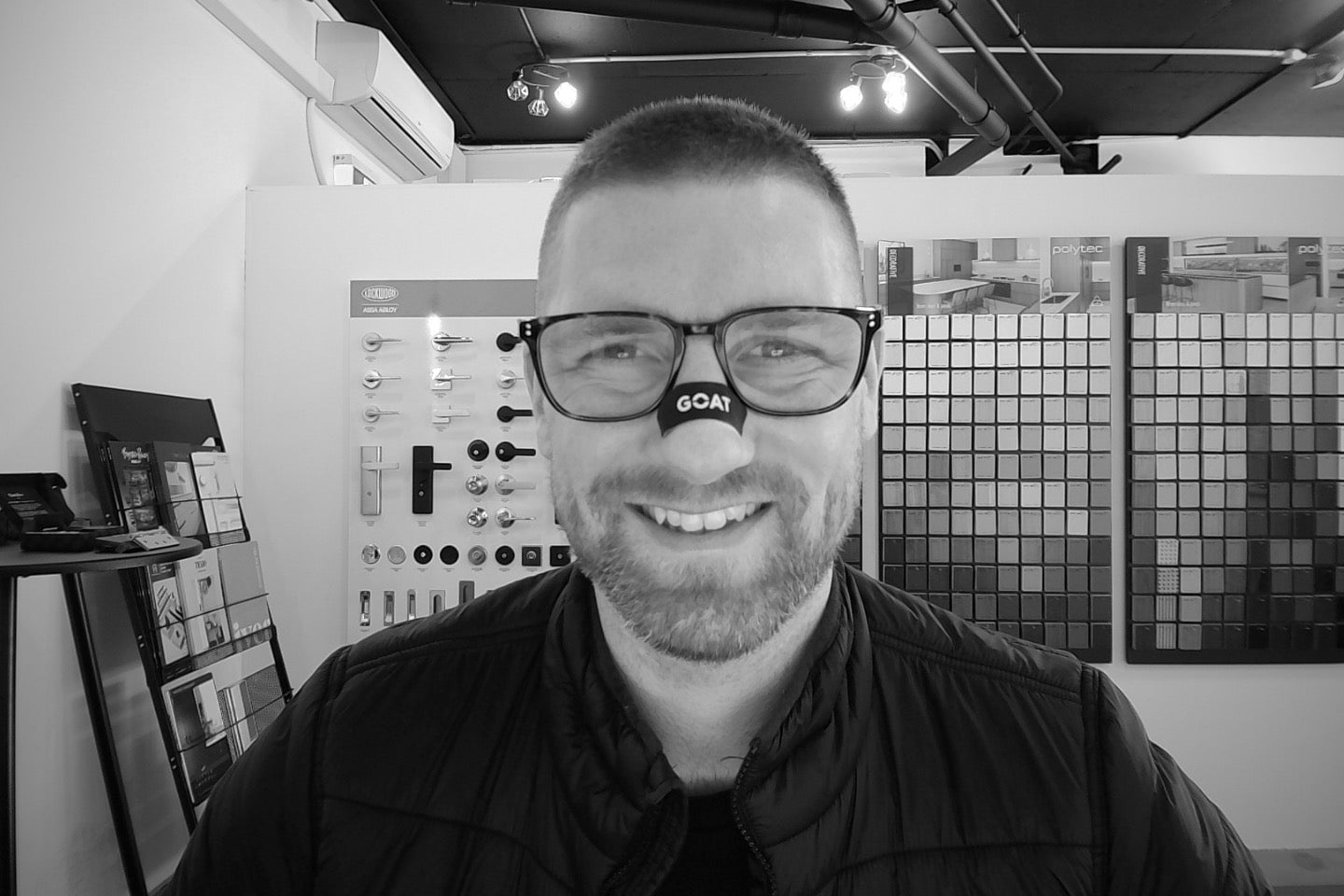When it comes to upgrading your door hardware, smart locks are a game-changer. But one of the most common questions we get at Entry Point is: "Do I still need a lever with my smart lock?"
The short answer? No—you don’t. And here’s why.
Deadbolts vs Deadlatches: What’s the Difference?
Let’s start with the basics.
There are two common types of smart locks:
-
Deadbolt-style smart locks (like the Yale Assure SL)
-
Deadlatch-style smart locks (which have an integrated lever or handle)
At Entry Point, we strongly recommend going with the deadbolt-style.
Why?
Because it’s far more secure. Unlike a latch, which is spring-loaded and can be pried open with the right tools, a deadbolt offers a solid locking mechanism that makes forced entry far more difficult.
The Benefit of a Standalone Smart Lock

One of the biggest advantages of a deadbolt smart lock is that you don’t need to commit to a specific handle design or brand.
Take the Yale Smart Lock, for example. It functions as a standalone lock, which means:
-
You can pair it with any passage set of your choice
-
You’re not locked into a specific lever design
-
You can create a custom look for your door using hardware from various suppliers
This opens up a lot of design possibilities. Want a minimal round rose handle from Iver? Or a more sculptural option from Castella? No problem—you’re not restricted by the lock hardware.
What is a Passage Set, and Why Do You Need One?
If your smart lock is handling the security side of things (locking and unlocking), then the passage set is responsible for keeping the door shut when not locked.
Think of the passage set as the non-locking latch. It ensures the door stays flush in the frame.
So your setup would include:
-
Passage set (handle or knob, no locking function)
-
Hinges, ideally in a matching or complementary finish
This setup is perfect for front doors, side entries, or anywhere you want style, convenience, and solid security.
Matching Finishes: The Only Limitation
Since the smart lock is a separate component, the only thing you need to watch for is finish compatibility.
Here are a few pairing tips:
-
Black smart lock: Goes well with black, satin nickel, brushed nickel, or even brass (if brass is used consistently elsewhere, like hinges).
-
Satin nickel smart lock: Matches best with cooler-toned finishes—avoid mixing it with warm brass unless intentional.
-
Brass smart lock: Pairs beautifully with warm-toned hardware and accessories, but you’ll want to match hinges, handles, and even door stoppers for cohesion.
Not sure what finishes to mix and match? We’re always happy to help you decide.
Why We Don’t Recommend Deadlatches for External Doors

While some smart locks come with an integrated lever (commonly called a deadlatch), we don’t recommend them for main entry doors. These setups often look convenient—but they typically rely on a spring latch, not a true deadbolt.
Deadlatches:
-
Are easier to force open
-
Don’t offer the same level of resistance
-
Are better suited for internal access points (like garage doors or service doors)
If security is your priority, always choose a smart deadbolt + passage set over a smart latch.
Got any questions about choosing the right setup for your door?
We’re here to help—just reach out to the Entry Point team.




